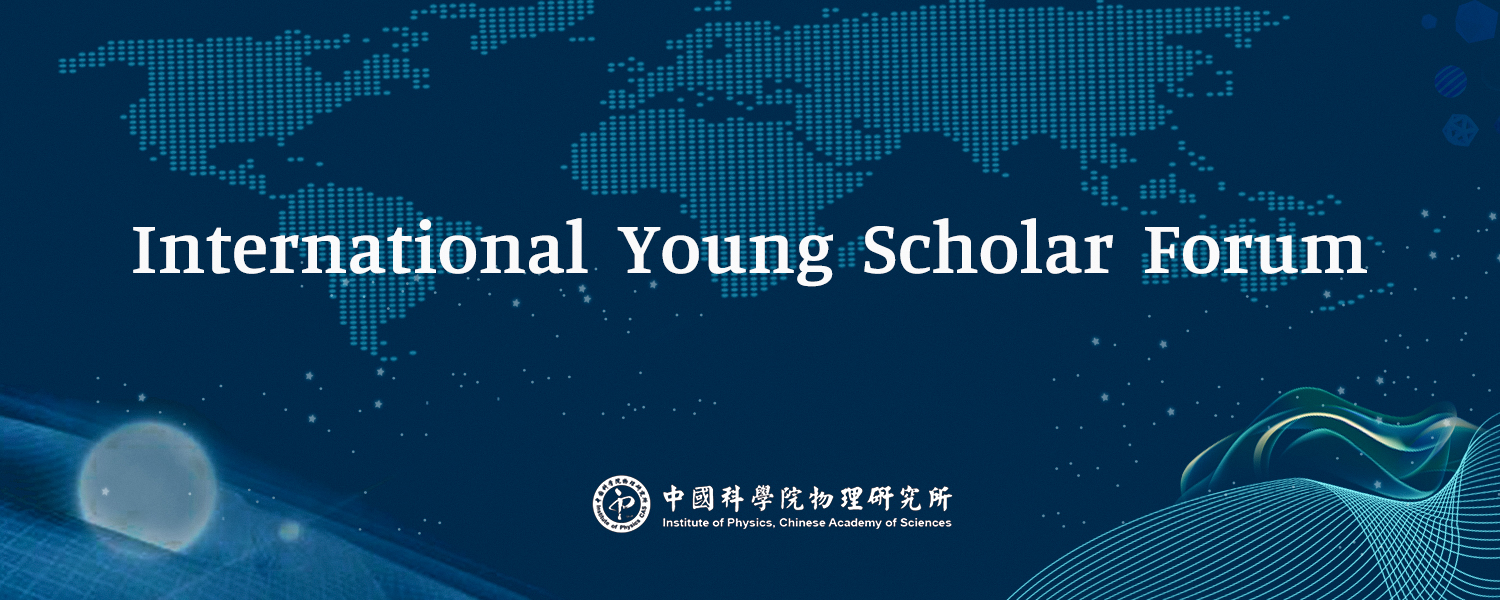Time: 10:00 am, 24th September, 2020
Speaker: Dr. Jiaxin Yin, Department of Physics, Princeton University
Abstract:
The search for topological matter is evolving towards strongly interacting systems including topological magnets and superconductors, where novel effects emerge from the quantum level interplay between geometry, correlation, and topology. Equipped with unprecedented spatial resolution, electronic detection, and magnetic tunability, scanning tunneling microscopy has become an advanced tool to probe and discover the emergent topological matter. In this talk, I will review the proof-of-principle methodology to study the elusive quantum topology in this discipline, with particular attention on the studies under a vector magnetic field as the new direction, and project future perspectives in tunneling into other hitherto unknown topological matter.
Key references:
- Jia-Xin Yin* et al. Nature 583, 533-536 (2020).
- Jia-Xin Yin et al. Nature 562, 91-95 (2018).
- Jia-Xin Yin et al. Nature Physics 15, 443–448 (2019).
- Jia-Xin Yin et al. Nature Physics 11, 543 (2015).
- Jia-Xin Yin* et al. Phys. Rev. Lett. 123, 217004 (2019).
- Jia-Xin Yin* et al. Nature Communications 11, 4003 (2020).
- Jia-Xin Yin* et al. Nature communications 11, 4415 (2020).
Brief CV of Dr. Jiaxin Yin:
Dr. Jiaxin Yin is currently a Postdoctoral Researcher in Prof. Zahid Hasan's team at Princeton University, USA, and focuses on the scanning tunneling microscopy of emergent topological matter, including topological magnets and superconductors. He received his Ph.D. degree in 2016 from the Institute of Physics, CAS, under Prof. Hong Ding and Prof. Shuheng Pan. In 2015, he observed a Majorana-like zero-energy mode in an iron-based superconductor, which directly simulated later theoretical and experimental discovery of nontrivial topology in several iron-based superconductors. Recently, he developed vector magnetic field based scanning tunneling microscopy technique to discover unpredicted topological phases in several classes of magnets, including TbMn6Sn6, Fe3Sn2, Co3Sn2S2, Mn3Sn and CoSn families.
Click to view the recorded report video►http://as.iphy.ac.cn/video_detail.php?id=27719
